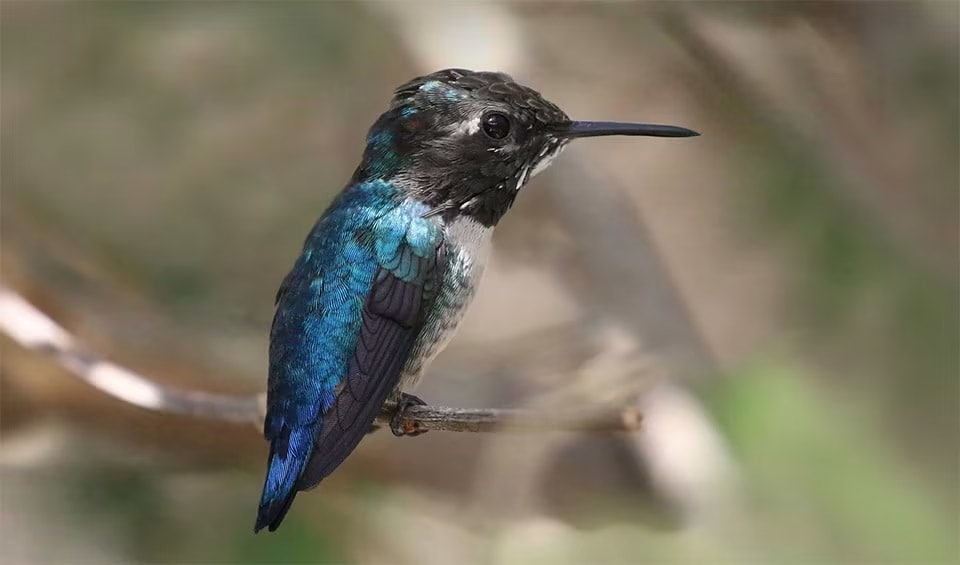Mellisuga
Home to the two smallest birds on our planet
Mellisuga hummingbirds are renowned for their dazzling gorgets—iridescent throat feathers that glimmer with vivid colors ranging from fiery reds to deep blues, depending on the species and the light angle. The purpose of these bright feathers goes beyond mere ornamentation; they play a crucial role in courtship, with males displaying their gorgets to attract females. The rest of their plumage, often adorned with intricate patterns, also exhibits metallic hues that can shift dramatically in sunlight, turning a seemingly sooty black bird into a kaleidoscope of spectral colors.
The ability to hover is one of the most extraordinary features of the Mellisuga hummingbirds. This unique flight style is powered by their rapid wingbeats, which can exceed 50 beats per second in some species. Unlike any other bird, they have the remarkable capability to fly not just forwards but also backward and even upside down. This agility is crucial for feeding from flowers while in mid-air and for intricate aerial maneuvers during courtship displays.
Nectar is the primary food source for Mellisuga hummingbirds, and their presence in an ecosystem is an indicator of healthy flowering plant populations. They have a mutualistic relationship with the plants they feed from; as they sip nectar, they inadvertently pick up pollen and transfer it to other flowers, facilitating cross-pollination. Beyond nectar, these birds also consume small insects and spiders, providing them with necessary protein and nutrients to support their high metabolism.
Despite their size, Mellisuga hummingbirds are fiercely territorial. They will often engage in dive-bombing and chasing behaviors to ward off intruders from their feeding territories. These displays are energy-intensive but crucial for maintaining access to their primary food sources.
Species in this genus
Bee hummingbird
Smallest bird with eggs equal to the size of a coffee bean and powerful wings that Tinker bell would want to borrow
Sword-billed hummingbird
This introverted species has an unusually large beak, making it unique and different from the rest of hummingbirds



